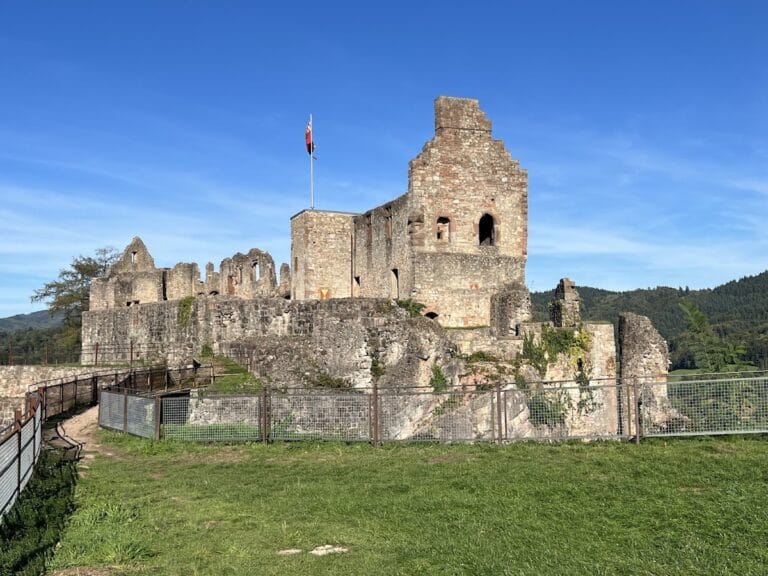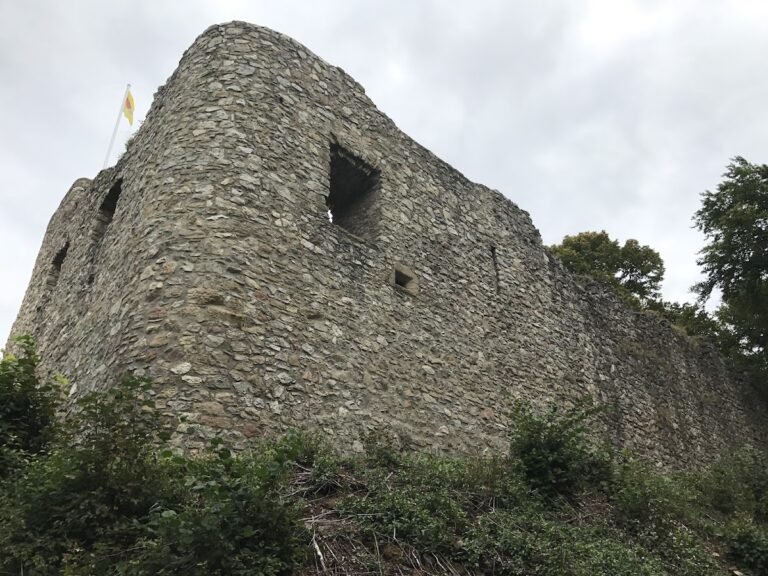Burgstelle Kybfelsen: A Medieval Castle Site in Freiburg im Breisgau
Visitor Information
Google Rating: 4.7
Popularity: Low
Google Maps: View on Google Maps
Country: Germany
Civilization: Unclassified
Remains: Military
History
Burgstelle Kybfelsen is a medieval castle site located within the city of Freiburg im Breisgau, Germany. While the precise origins of the castle remain unclear, it is known to have been constructed and used during the period of Zähringer rule in the Breisgau region.
Archaeological research has placed the castle’s active occupation mainly in the late 11th and early 12th centuries, a time when the Zähringer family held influence over southwestern Germany. Ceramic finds indicate that the site continued in use through the 12th century and into the early 13th century. Early documentation includes a mid-14th-century chronicle by Matthias von Neuenburg, which references the location, and the name “Kyburg” first appears in a legal record from Kappel dated to 1484. Despite the similarity in name, a direct connection between this castle and the Counts of Kyburg, whose power was centered in what is now Switzerland, has not been established and is regarded as unlikely.
The castle appears to have been abandoned during the first half of the 13th century. Additionally, surface finds suggest that the area was occupied at least temporarily during the Bronze Age, indicating a long history of human presence at the site prior to medieval castle construction.
Remains
The Burgstelle Kybfelsen occupies two prominent rocky outcrops connected by a narrow ridge, stretching roughly 70 meters from north to south. The wider southern rock, approximately 30 meters across at its broadest point, served as a principal area within the castle complex. The construction primarily utilized the natural rock formations for defense, supplemented by masonry walls.
On the southern side, a broad defensive wall once blocked the main approach, though only small remnants survive today. At the southern tip of this rock, an artificially leveled platform suggests the former presence of a tower-like structure, which was identified by early 20th-century excavations as the “South Tower.” This element would have served as a strongpoint overseeing the surrounding area.
The eastern boundary of the castle was aligned with what is called the “East building,” a structure that has not survived above ground. To the southwest, the site abuts a steep rising rock face, forming a natural barrier. Between the southern and northern rock masses lies a narrow ridge once fortified by a long western wall, visible in the 1920s but now collapsed. On the east side, the natural cliff faces provided protective defense, as archaeological evidence indicates no constructed wall here.
Most prominent are the remains on the northern summit, where traces of a substantial tower base measuring about eight meters across are preserved. The walls at this point are up to two meters thick, pointing to a robust fortification. Just before this tower base is a deep, roughly twelve-meter-long fissure in the rock, artificially smoothed to create a flat surface. This feature functioned as a neck ditch (Halsgraben), a defensive trench separating the castle from potential attackers and enhancing protection at the narrow connecting ridge.
Overall, the surviving elements combine natural rock formations with carefully integrated masonry, illustrating medieval defensive strategies adapted to the terrain at Burgstelle Kybfelsen.










